We’re in Lofoten, surrounded by spectacular scenery, when the American we brought along suddenly demands to be taken to Sweden, to a curiously named place near Kiruna; Jukkasjärvi. To visit an ice hotel, of all things. Apparently it’s on a bucket list, which means there’s no way around it. Bucket list items outranks any other argument.
In my head, an ice hotel is an igloo where you can sleep on a cold, hard surface. If you’re lucky, there will be reindeer outside. Fortunately, I’m about to be proved wrong. I just don’t know it yet.
Reluctantly we agree to leave a highlight of Norway, to travel across the border to look at something that sounds potentially cheesier than a Swiss fondue with extra Emmentaler. But hey, we want to be good hosts. So we go.
It’s a long drive, starting in the morning from Å, the western end of the Lofoten archipelago. The ice hotel is at least seven hours of non-stop driving away. No one should drive non-stop through Lofoten, and we certainly won’t. Also, bad winter weather often leads to the border being closed for days. The final leg between Narvik and Kiruna is an often rough mountain pass, across Bjørnfjell, Bear Mountain.
Winter is still very much on, it’s early March. When we reach the foot of Bjørnfjell, relentless heavy wind is hitting the mountain. Traffic is allowed in only one direction at a time. While snow is cleared in one lane, a guide car leads a caravan of heated cars swiftly across the mountain in the other lane, while a batch of Norway-bound vehicles gather in a long line at the opposite side of the mountain. The procedure adds an extra hour of waiting to our journey.
Still, we stick to our plan. It’s already dark when we reach Kiruna. We stock up on food at a supermarket before driving the last few kilometers to rural plus Jukkasjärvi, where we have booked a cabin at the Reindeer Lodge.
The cabin is freezing cold when we arrive. Thanks to a large stove and an abundance of firewood, we quickly bring it up to tropical heat.
While the cabin itself is basic, we have access to a well equipped common kitchen cabin, a separate cabin with showers and toilets, and a hot, hot sauna where an Estonian man seems to be spending his entire vacation.
Exhausted from the long drive and an extended sauna session, we pass out early in our beds. Outside there’s a semi-blizzard, so any attempt at catching a northern lights show would be futile anyway.
In the morning we say hi to the resident herd of reindeer. They are domesticated, so it’s not overly exciting. I guess the owners hang reindeer skins in the trees nearby to remind the animals to be nice to the guests. It doesn’t work.
But we are here to see even cooler stuff than reindeer. We pack our stuff and enter the village of Jukkasjärvi, home of the ice hotel.
The ice hotel’s actual name is The Icehotel. Fortunately they have put more effort into the building than the name. The front of the building certainly makes it look more like Superman’s Fortress of Solitude than your average igloo.
March is usually high season here, but this is 2020. In China it’s the year of the rat and in China as well as in the rest of the world, it’s also the year of the coronavirus. The parts of Asia that usually send their most prosperous citizens to the Arctic to enjoy some expensive luxury, are currently in lockdown at home.
We’re almost alone here. To be honest, this probably just adds to the experience. The situation may eventually send the Icehotel into bankruptcy, though, so let’s hope the Asians return soon.
Behind the front doors, we find a large hallway held up by square columns of ice, leading us to an all-ice seating group under a chandelier, of course also made from ice.
I can see why this hotel is not a cheap place to stay at. A lot of work goes into building it, and it has to be made from scratch every year.
A corridor extends from the ice table towards the actual rooms at the ice hotel.
Based on what I’ve seen so far, I expect to be pleasantly surprised by what an ice hotel room may look like.
The first rooms I enter are pretty similar to what I originally had thought they would be like.
A piece of hard snow has been carved into the rectangular shape of a bed, and they’ve thrown a soft reindeer skin on top of it.
Not impressed.
Going down the next corridor, a new world appears.
This is the first of a long series of really impressive ice rooms. Each art room has a name, and they come in a wide range of extremely different designs. The Icehotel invites anyone and everyone to submit a concept and design for a room every year. The designs that are both possible to build and has the most artistic value are then made, in a cooperation between experienced ice sculptors and the persons who submitted the design.
This particular room is called “The Sixth Feeling”, although I’m guessing it’s a cute translation error and should have been The Sixth Sense. It was made by the Russian artist couple Ekaterina Barsukova and Vladimir Barsukov. I really like the way the room looks. Also, I’m a bit freaked out by the way it looks back at me.
I’m a huge fan of ants, so I’m delighted by this room; Subterranean, created by Swede Jörgen Westin and Australian Daniel Rosenbaum.
I always wondered what it would be like to live in an ant hill, and this is probably the closest I’ll ever get to finding out.
The sign outside the next room says “Clear Water”, which basically is just another way to say “ice”, so I have no idea what it will be.
I peek inside. This large group of lionesses and cubs is an icy reproduction of an eternal scene from the waterholes in African safari parks. So well done, all the way down to the penetrating eyes of the wary mothers.
This view from your bed is the perfect thing to make an already disturbingly cold room even chillier.
And guarding over you is of course the Lion King, Frozen Edition. The locals Niklas Byman and Anna Sofia Mååg made this room.
The cat theme continues in the next room, Feline Lair. This magically blue lion cub greets me. I especially love the walls here; it’s like a jungle at the North Pole.
This is the work of ceramic (!) artists Dawn Detarando and Brian McArthur from Canada. They certainly don’t have to say they’re sorry for this piece of art.
Who let the French in?! Nicolas Tribouldt and Jean-Marie Guitera claims that their room, “Golden Ice” is all about the alchemy. I think I know better.
I was raised to keep a safe distance between myself and any yellow snow or ice. I can see guests from Dubai picking this one as their favorite. And it just might work as a presidential suite in certain cases.
The “Bone Room” by the fittingly named Rob Harding, is not a tip of the hat to all the sleazy hotel rooms of the world.
Instead it’s actually designed so that when the hotel melts away, the ice bones from the room will be the last things to perish under the sun. Just like bones in a grave.
One of the corridors end at these two somewhat scary windows. I can easily imagine how the hand patterns were left behind by zombies trying to reach us from the barren white tundra outside.
The Ceremony Hall has a more cheerful atmosphere. This is where you bring all your friends to get married or celebrate a special occasion. The Kauppi & Kauppi Swedish designer duo has done a good job here, merging the brevity of ice with the longevity of the Ginkgo tree.
Until now, the rooms we have seen are part of the ephemeral winter quarters. The rooms here completely disappear every summer, and are replaced by new designs the following winter.
From here we enter the Icehotel 365 section of the complex, which are rooms that are kept several years in a row. They do this by actually building them inside basically a huge freezer. This part is open the whole year, you can visit on the warmest summer day if you like. If you visit in 2021 or later, you may still see some of the following rooms.
Staying in one of the permanent suites costs more, because they come with a bathroom and various other luxuries that make them a lot more convenient for overnight visits.
In addition to the hotel rooms, the freezer building also contains a large bar. The same people who came up with the name Icehotel also went for Icebar. Every counter, table and chair here is made of frozen water. The bottles and drinks in Icebar are normal, but the drinks are of course served in glasses made of ice. Afterwards you can smash your glass against the wall, and not feel the least bit bad for doing so.
The consistently exquisite style of this place is far beyond what I expected.
Granted, these walls of ice are surrounded by an actual building. I’m still impressed by how they take pieces of frozen river outside these windows and turn them into this palace of art.
Is it the fear of having to get up in the middle of night to go sit on an ice toilet that has kept you away from ice hotels?
If so, relax. The bathrooms are nice. There’s even a sauna you can use to pretty much boil yourself in, should you want to.
There’s no doubt that we’re now in the deluxe suites area. With the number of crazy rich Asians they usually get here, these are the most popular rooms for actually sleeping in. If some of the suites are occupied, you may not get to see them when you visit. On the plus side, maybe you’ll be the guest staying here.
This room is “You Are My Type”, where your bed is surrounded by icy letters spelling out “Love you to the letter”. No points for guessing that the two Swedes that created the room, Charli Kasselbäck and John Bark, are graphic designers.
Here’s “Out of the Box” by Dutch artists Edith van de Wetering and Wilfred Stijger. It’s about how your mind may travel out of your body and into the land of insight while you sleep. Too bad it’s all forgotten again by the time you wake up.
Each room has that simple rope barrier with “Respect the art” on it. I’m amazed that this is enough to keep these fragile masterpieces from being destroyed by visitors.
“Oh Deer” is meant to simulate a Japanese Onsen natural hot springs pool. While “soaking” in your bed, you can enjoy the view of Mother Earth in the shape of a deer cut in two halves. It’s a little bit odd. Best wishes to Swedish sculptors Carl Wellander and Ulrika Tallving.
You have to admire the ambition of Lotta Lampa and Julia Gamborg Nielsen. They decided to design this room, “Hydro Smack”, to give the impression of sleeping at the bottom of the ocean. With plenty of frozen jellyfish surrounding the bed, beautifully lit.
The rooms are getting better and better, and the one I probably enjoy the most is “Dancers in the Dark”, by Patrick Dallard and Tjåsa Gusfors.
In addition to the ice sculptures, a haunting soundtrack fits well with the mysterious clown theme. It’s hard to explain how it’s better than the rest, but I stay there for quite a while, listening and examining the many details of this room. Someone’s been practicing a lot before they started carving this room.
There are no trolleys in the corridors. Instead, the cleaning people simply drag the large bags of laundry away on the icy floor.
Our feet are now starting to look similar to the ones on this ice sculpture.
It’s time to leave the Icehotel, which we now realize is not so much a hotel, but more a museum dedicated to ice sculptures.
You can absolutely use it as a hotel, but even then I would recommend staying in the part of the hotel that has traditional warm rooms. But hey, if your bucket list has “Sleep on ice” on it, save up the money and go for it!
Safety-wise, all you need to worry about when you stay at this hotel is to keep warm.
That said, Swedes are Swedes, so even though the hotel is basically made of the material that is used to put out fires, it still has to adhere to every general building regulation. So you will find fire extinguishers throughout the hotel, as well as buttons to activate the fire alarm.
Here’s a quick view of what it looks like outside the ice hotel.
On the left you see the building where the permanent suites and the Icebar are located. In the background you see some of the chalets where you will find warm accommodation.
On the right you have the Torne river, which generously provides free building materials for the hotel every year. Judging from the temperature today (-20 degrees Celsius), climate change will not shut down this place anytime soon.
We have time to check out one more place before we have to drive back to Norway.
Arriving there, we find this bonus attraction sitting behind the steering wheel in the car next to ours. We’re definitely in the Arctic now, and the locals are friendly.
Our American friend goes off to feed reindeer and taste traditional Saami food, while we check out the church of Jukkasjärvi next door.
This is the oldest church in Swedish Lapland, making it a good place to balance out the Icehotel which always is brand new. The oldest parts of this church are from 1607!
I love when churches adapt to local style and customs instead of just sticking to the official Christian template. The church organ is partially made from reindeer horn and birch, and it’s decorated with scenes from Sami mythology.
The main attraction is the triptych, though. On the left, a repentant man returns a stolen reindeer to its owner, while another guy empties a barrel of alcohol on the ground. Alcoholism was a huge problem in Lapland before the priests arrived and insisted on banning alcohol. The right panel shows that if you follow some strict rules and act like a good Christian throughout the winter that is life, your sins will be forgiven, and you will be rewarded in Heaven with an eternal pleasant summer under a midnight sun.
That’s all!
We say our goodbyes to the cold, but good life of northern Sweden, and drive back across Bjørnfjell to Norway.
The detour to the ice hotel turned out to be a great way to complement the majestic scenery of Lofoten. Ideally, weather permitting, staying another night in Jukkasjärvi/Kiruna could be a great opportunity to see the northern lights and maybe try out skidoos or dog sledding.
But we’re happy. Discovering how wonderful it can be to visit an ice hotel, even just for a day, was enough this time.
Practical Information
Getting there
You can drive across from Norway to Kiruna quite easily, unless the weather is terrible. Mind you, it often is.
When it isn’t, you can drive from Narvik to Kiruna in just over two hours, and from Tromsø to Kiruna in five or six hours, depending on the route. Note that heavy snow and winds may mean significantly longer driving times during winter.
If you’re in Sweden and want to add the Icehotel to your itinerary, you must first get to Kiruna. Because coronavirus, the options are few right now in 2020. The information below is correct as of October 2020. This will change, and I may forget to update this.
Flying from Stockholm takes about 90 minutes.
Going by train will take 15-17 hours. The first 13 hours you travel along the coast of the Gulf of Bothnia. Then you change trains in Boden, and the last 4 hours you head inland and north. There are overnight train options. You can also string together a number of buses to get there, but using the train is more convenient.
When you get to Kiruna, you might as well rent a car. Most attractions in Jukkasjärvi offer pick-up from Kiruna, but this will quickly exceed the cost of a rental car. The Icehotel is just a 20 minute drive away from Kiruna.
Accommodation
It’s generally cheaper to stay in Kiruna than in Jukkasjärvi. If you have your transportation sorted out, finding suitable accommodation in Kiruna is definitely an option. It’s cozier to stay in the village of Jukkasjärvi, though. From there you can also easily head out on a northern lights expedition on your own, simply by walking out on the deep-frozen river on clear nights and look up.
The price for a room at the Icehotel may seem steep, but keep this in mind:
- The Icehotel is a really nice hotel, where a generous breakfast is included in the price.
- Not all rooms at the Icehotel are cold and arty. Other options are nice and warm, and some of them will sleep 3 or 4 people.
- Overnight guests at the Icehotel can view the rest of the hotel for free during the day. Otherwise you must buy tickets, and they currently sell for 349 Swedish kronor (about 40 US dollars) per person during the winter. If there are three of you, that’s 120 US dollars saved. That saving may allow you to splurge on a good room at the Icehotel instead of going with a somewhat rustic cabin elsewhere.
Ice Hotels
You may be unable to travel to northern Sweden, so here’s a list of ice hotels that include some other similar options that you may consider. I have not stayed at any of them, so these are not recommendations of mine, just friendly pointers.
Icehotel Jukkasjärvi, Sweden
https://www.icehotel.com/
This is of course the hotel I’ve written about. For further details, see their 2020 brochure (pdf).
– Check for alternative prices at booking.com
Snowhotel Kirkenes, Norway
https://www.snowhotelkirkenes.com/
A quite similar place in Kirkenes. It’s close to the border to Russia, which can make it an interesting Norway/Russia combo.
– Check for alternative prices at booking.com
Lapland Hotels Snowvillage, Finland
https://www.laplandhotels.com/EN/hotels-in-lapland/yllas/lapland-hotels-snowvillage/
Again, similar to icehotel, but in Finland. Just two hours away from Santa Claus Village in Rovaniemi.
Sorrisniva Igloo Hotel, Alta, Norway
https://sorrisniva.no/igloo-hotel
There are a lot of winter activities in and around Alta. If the ice art isn’t enough for you, check out the ancient petroglyphs at the pretty cool UNESCO World Heritage Site here.
Hôtel de Glace, Québec City, Canada
https://www.valcartier.com/fr/hebergement/hotel-de-glace/


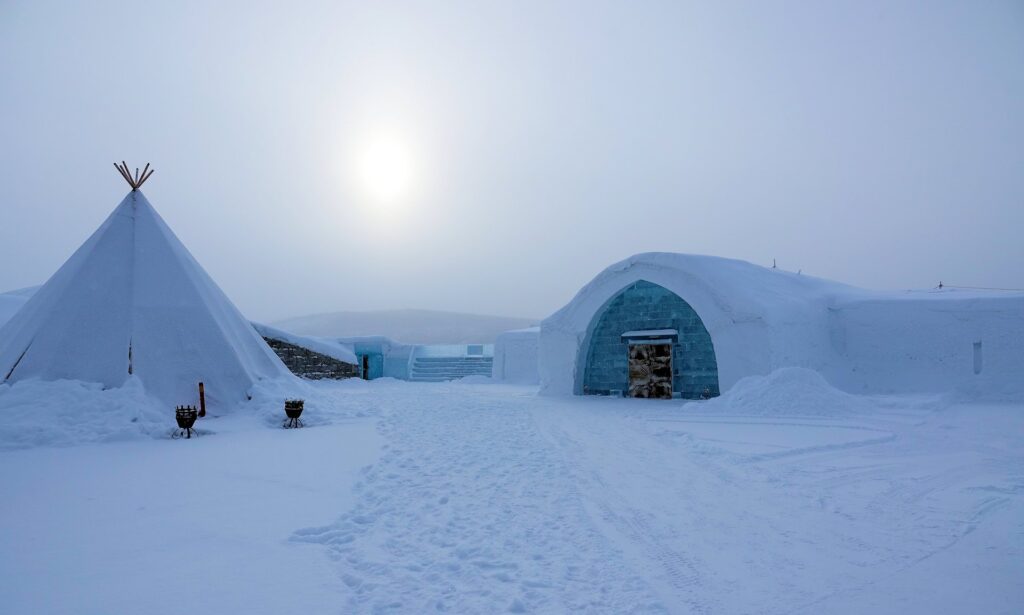

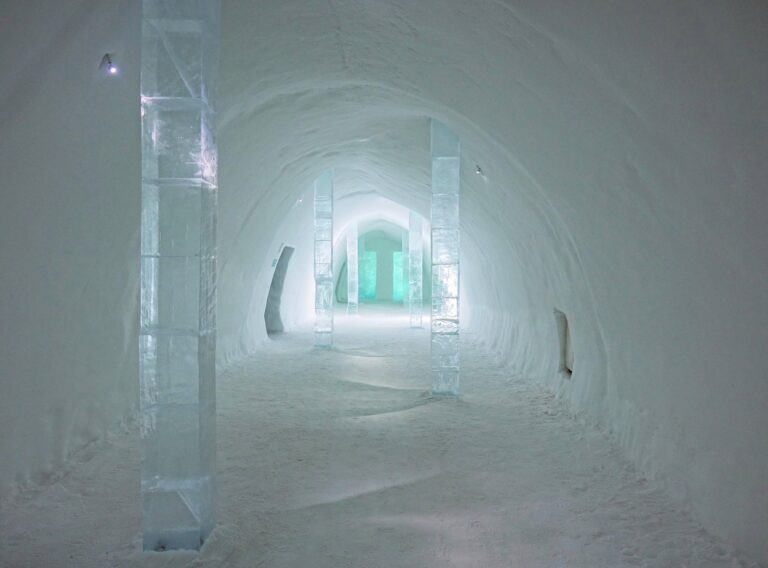

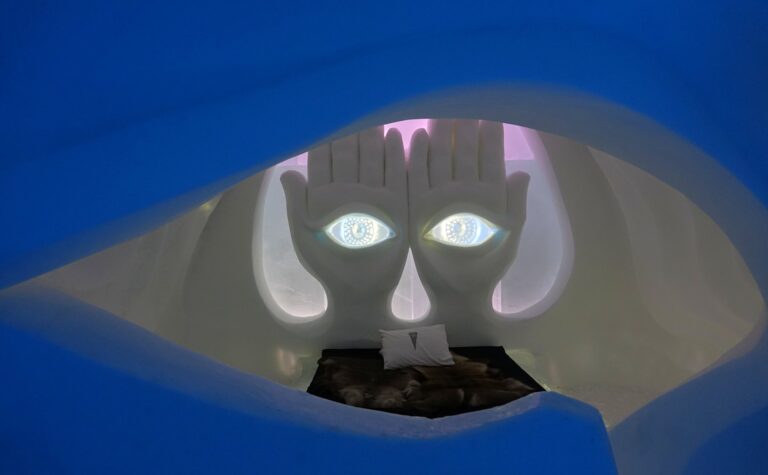

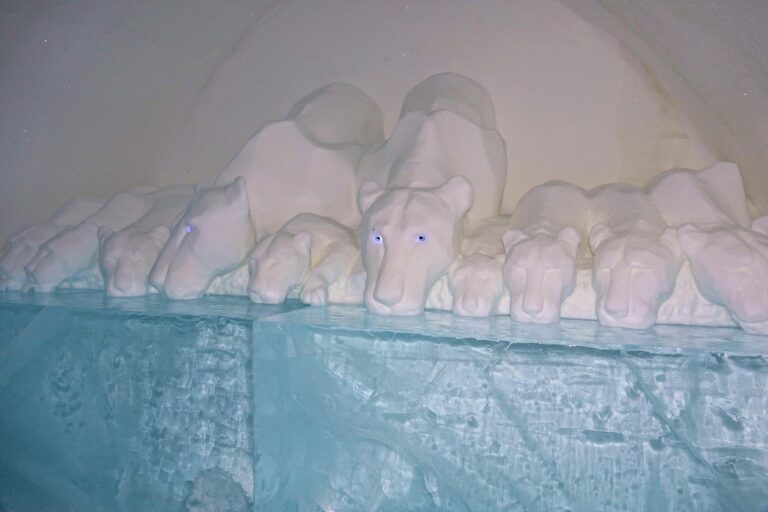
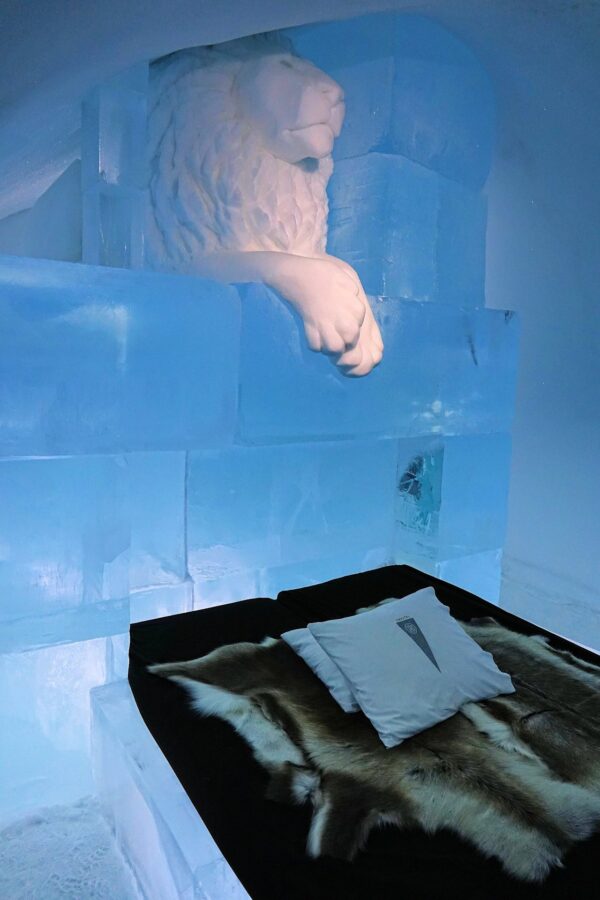
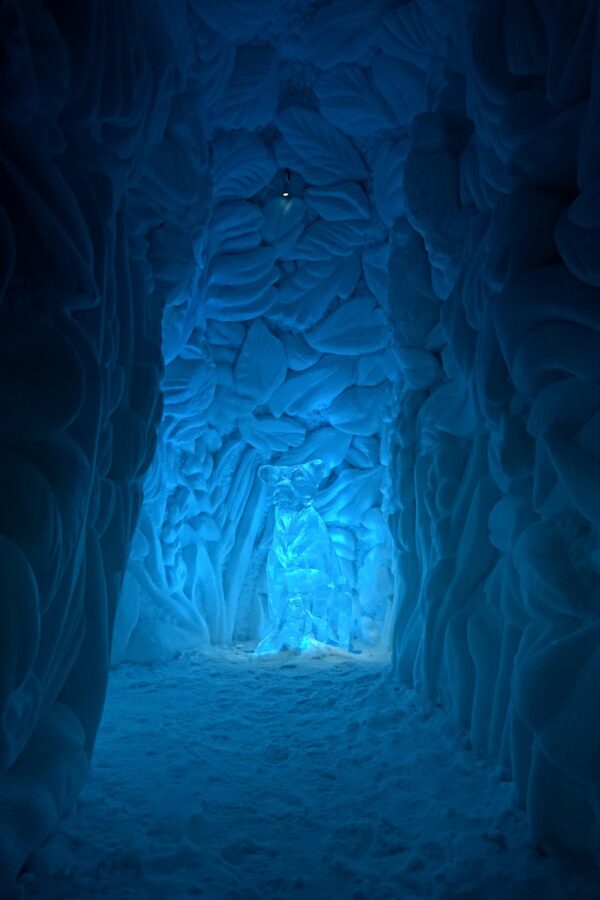
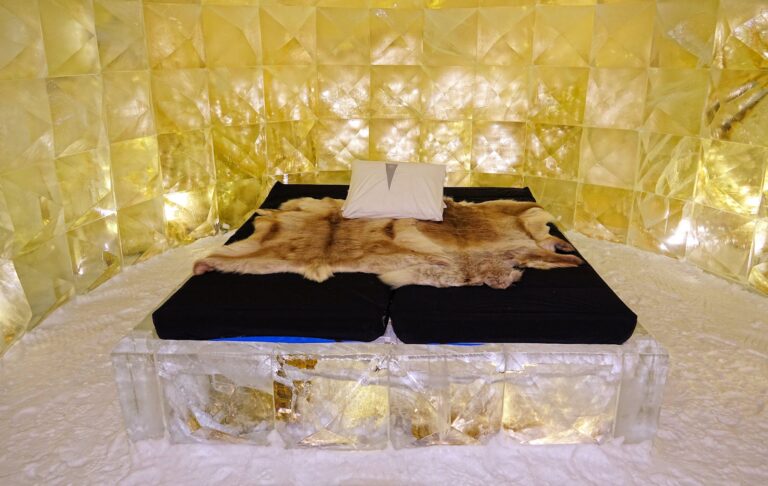


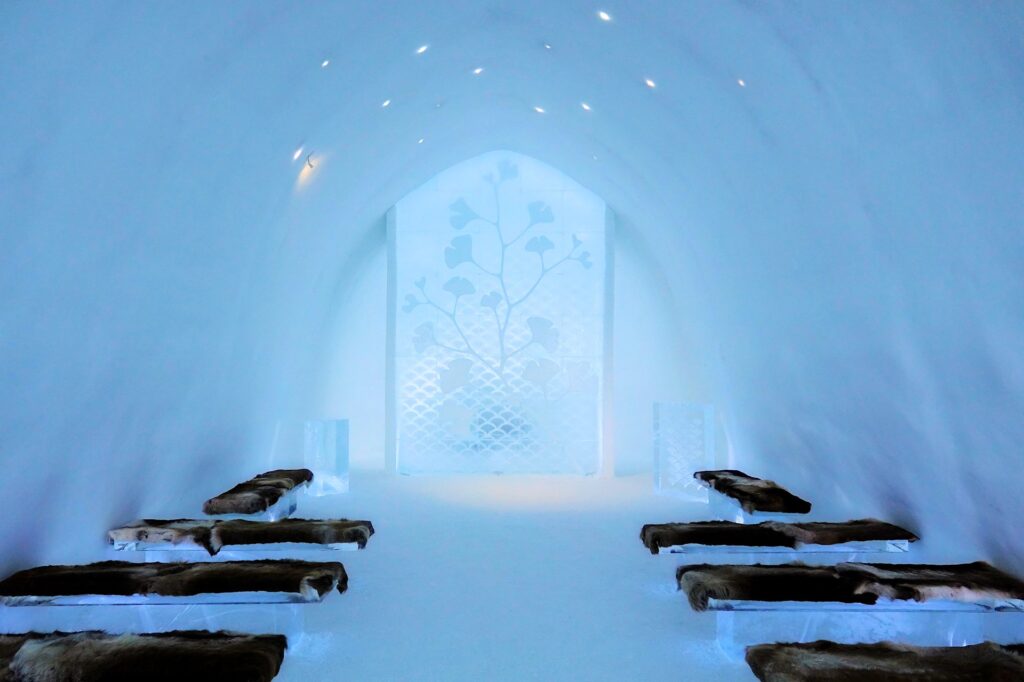
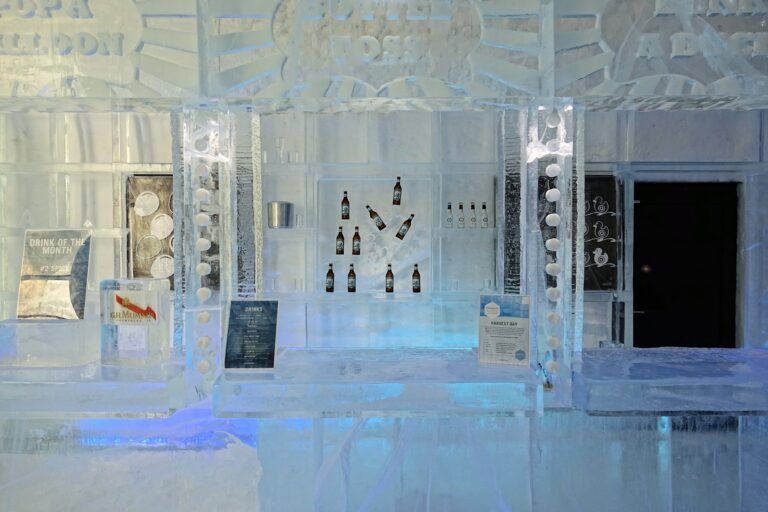
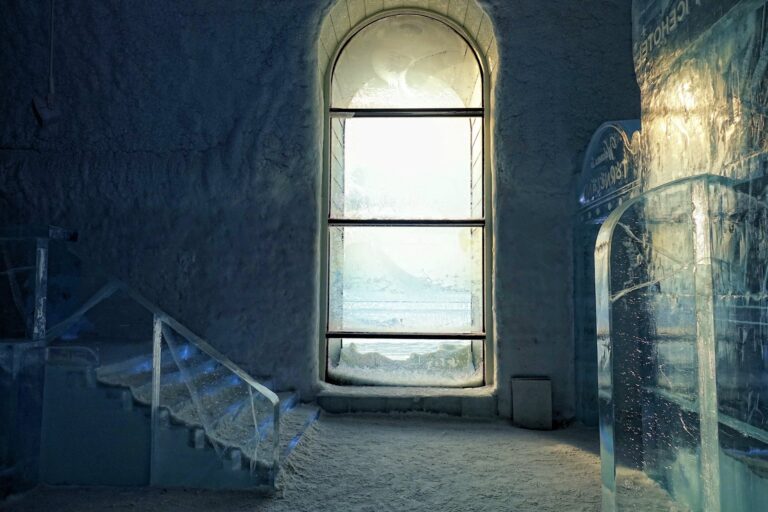
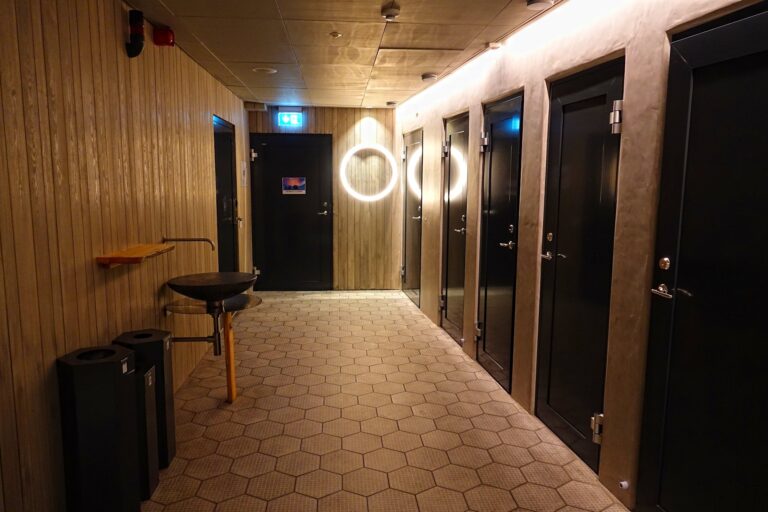
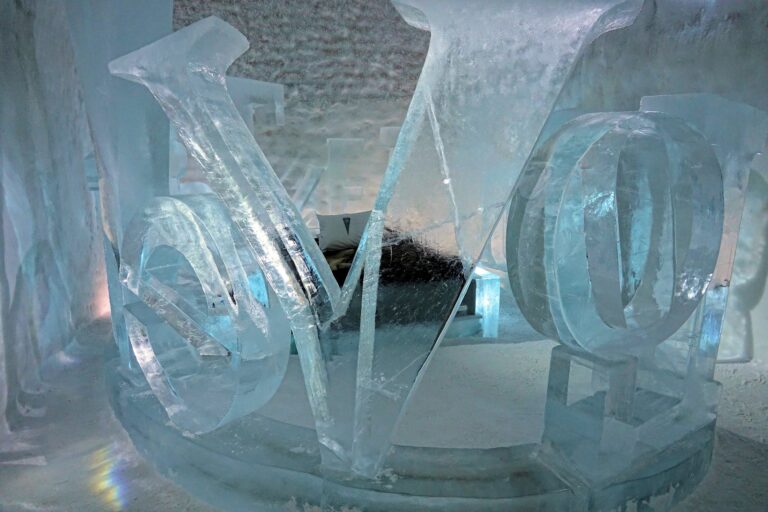


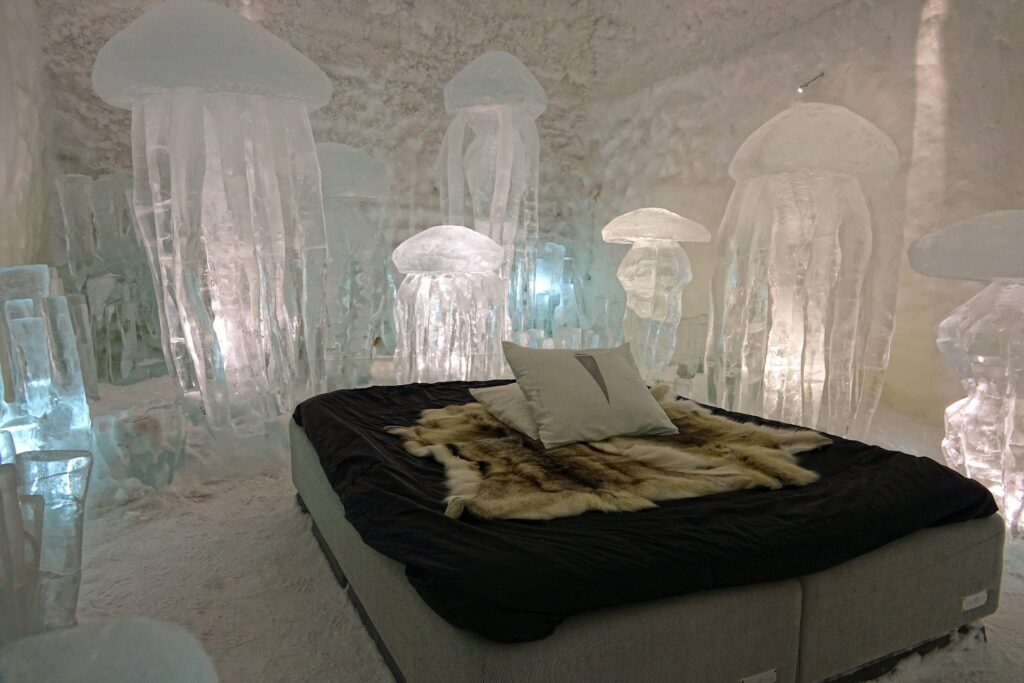
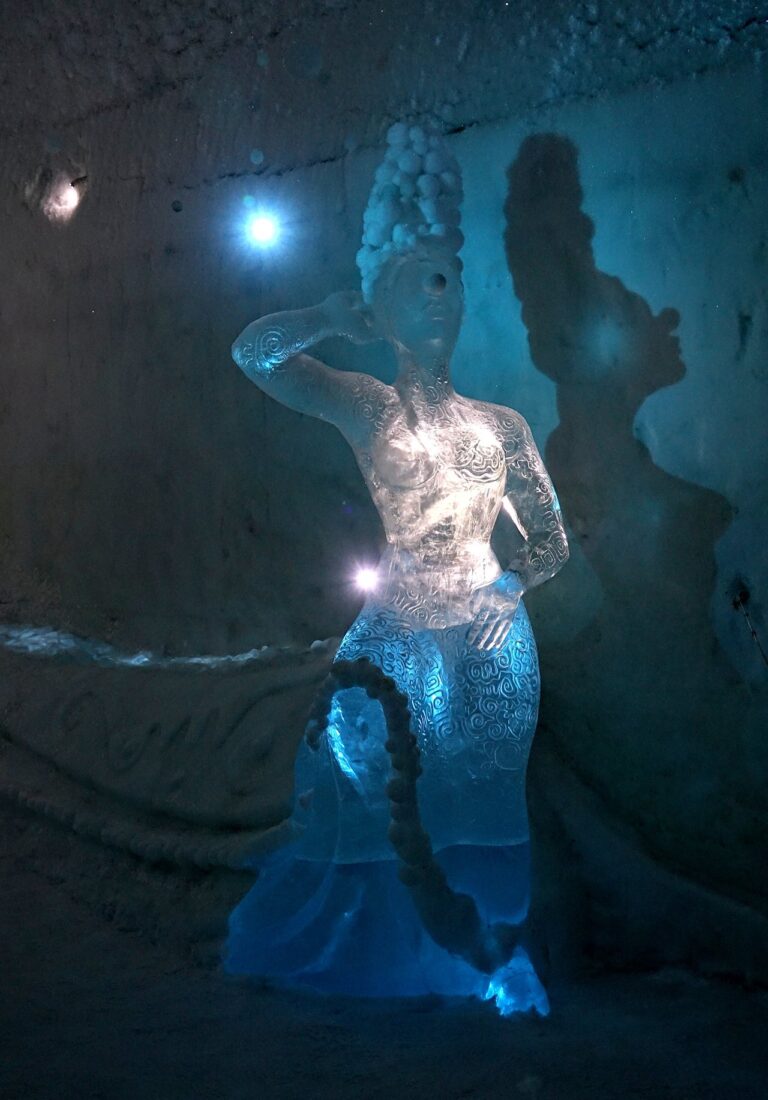

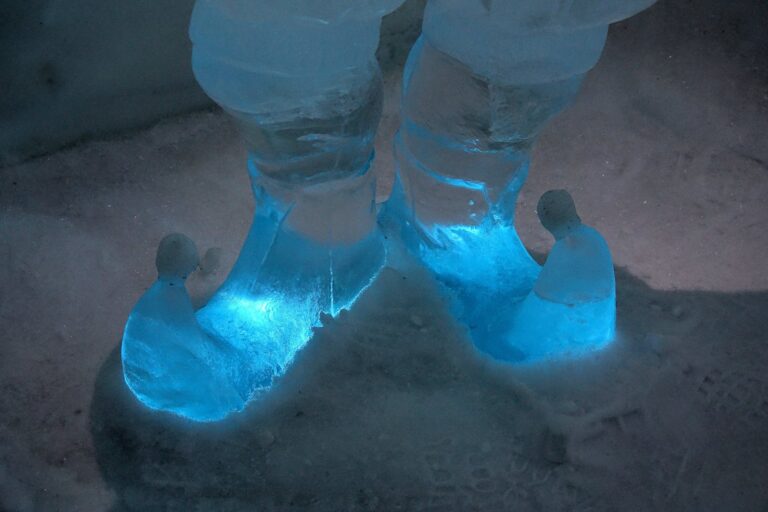
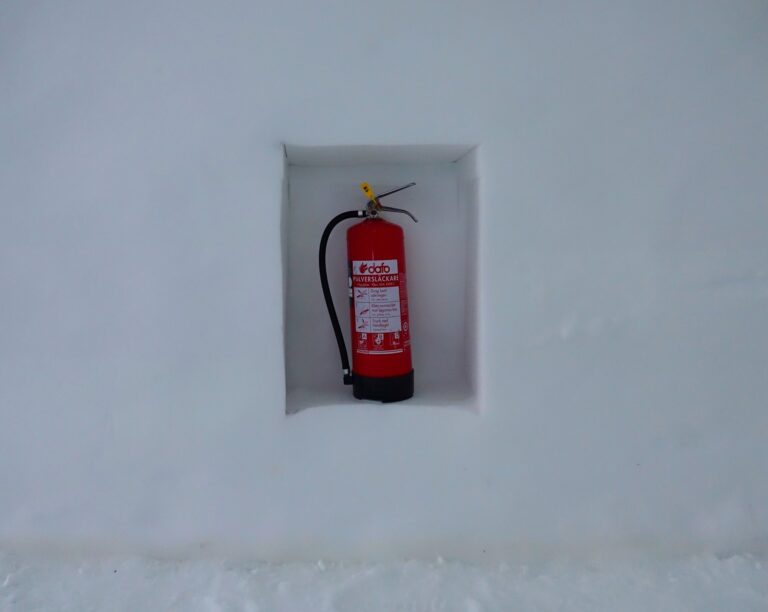
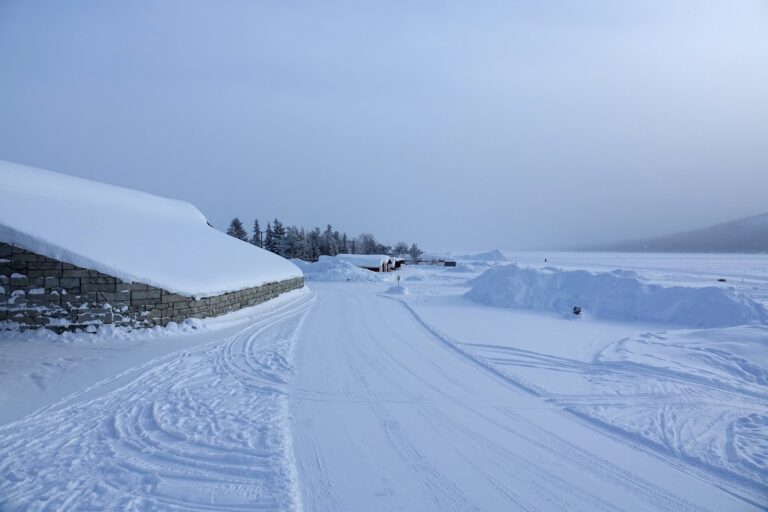
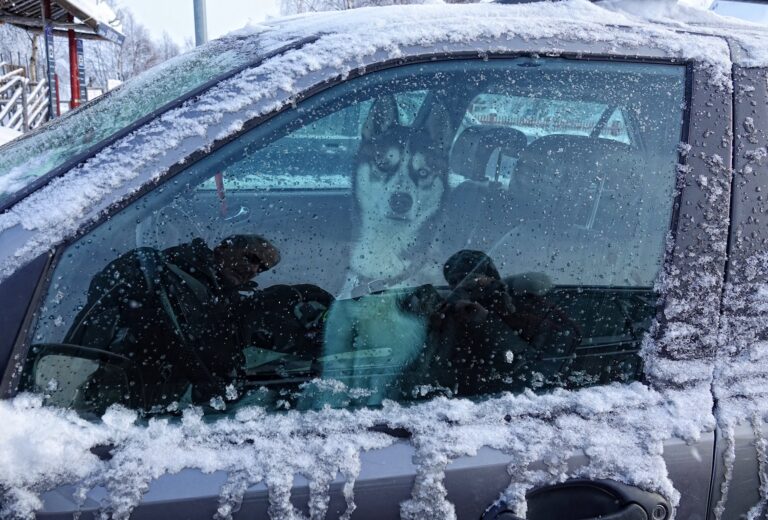
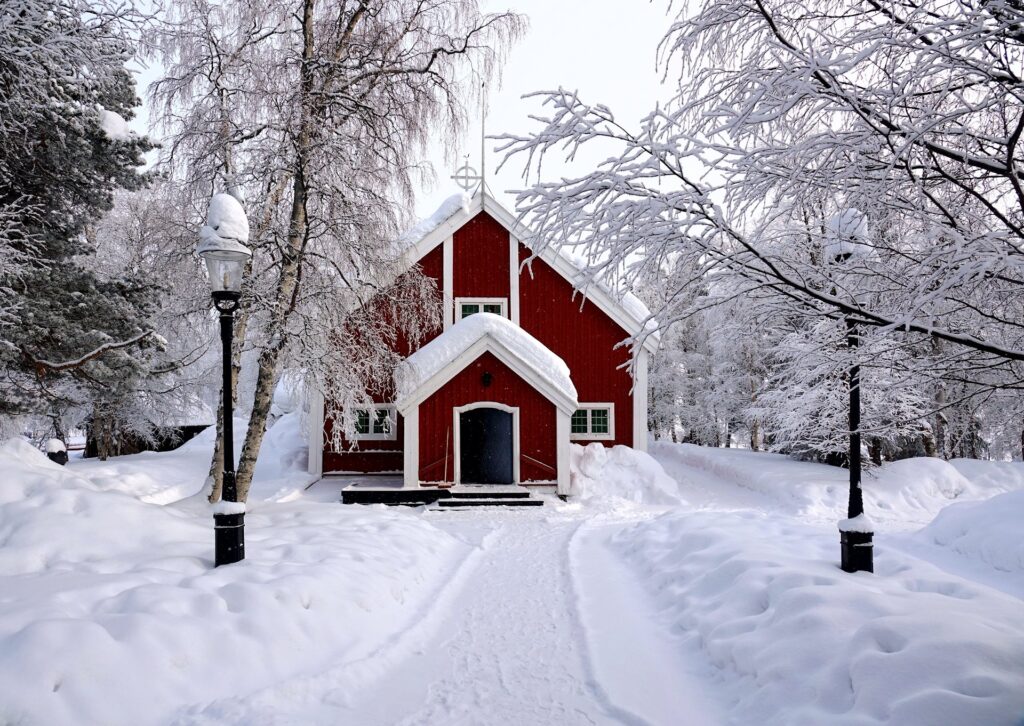

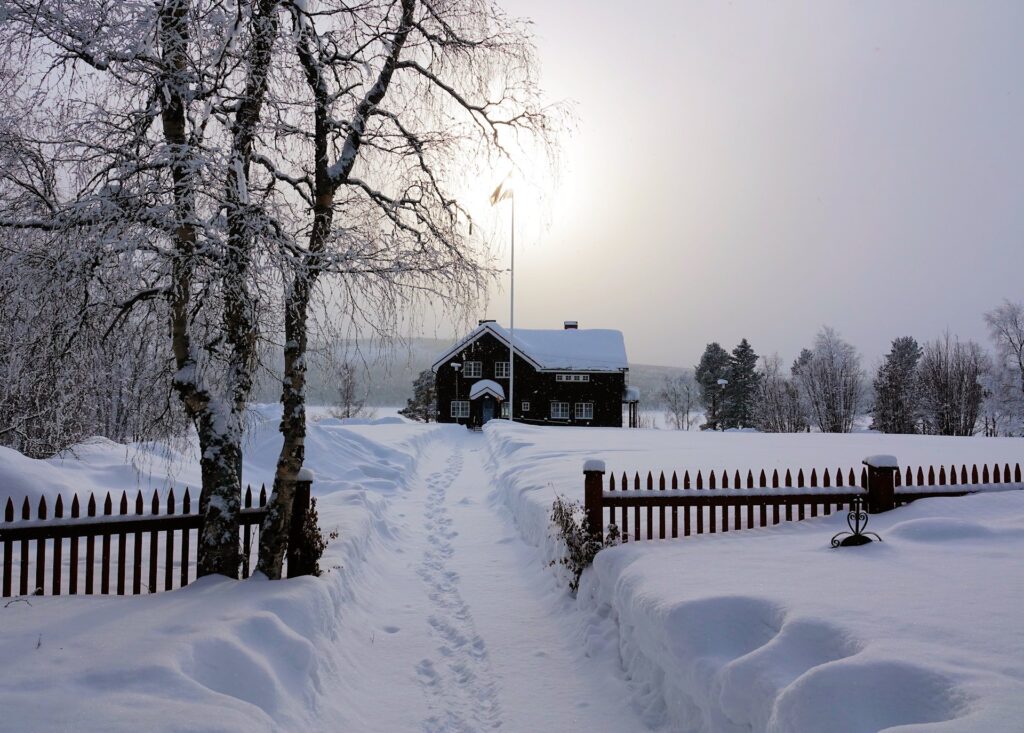
1 Comment. Leave new
Great job. Thanks.